The Sojitz Crinum mine fatality marks the first death at a Queensland mine this year
Workplace health and safety expert Anton Guinea knows what it’s like to be fighting for life in the intensive care unit. That’s why he’s so passionate about improving safety at Queensland’s mines.
Rockhampton
Don't miss out on the headlines from Rockhampton. Followed categories will be added to My News.
Workplace health and safety expert Anton Guinea knows what it’s like to be fighting for life in the intensive care unit.
The Gladstone man has been involved in a workplace accident before, and says the aftermath of the latest Central Queensland mine fatality is not a time to be pointing fingers at who to blame, but how the industry can be fixed before another tragedy occurs.
Drawing from his own near-death experience and an inherent passion for safety, Mr Guinea has been running training courses with Queensland mining companies for more than a decade.
When he heard a 60-year-old man had been killed in an underground mine collapse at Sojitz Gregory Crinum Mine near Emerald on Wednesday, he was “devastated and saddened”.
Another 25-year-old was trapped under rubble for four hours before emergency services could retrieve him.
He sustained crush injuries to his legs and pelvis and was flown to Rockhampton Hospital where he remains in a stable condition.
“I know what it is like from a victim’s perspective … I went through a workplace accident and I thought I might die,” he said.
“I just know the pain and suffering … I just don’t want it for anyone. I feel people’s pain … their loss and grief.
“The second response is why. Why does this still happen?
“At the end of the day, what it comes down to is psychological and physical safety.
“Ninety-nine per cent of incidents and deaths that occur … a lot of them are avoidable.”
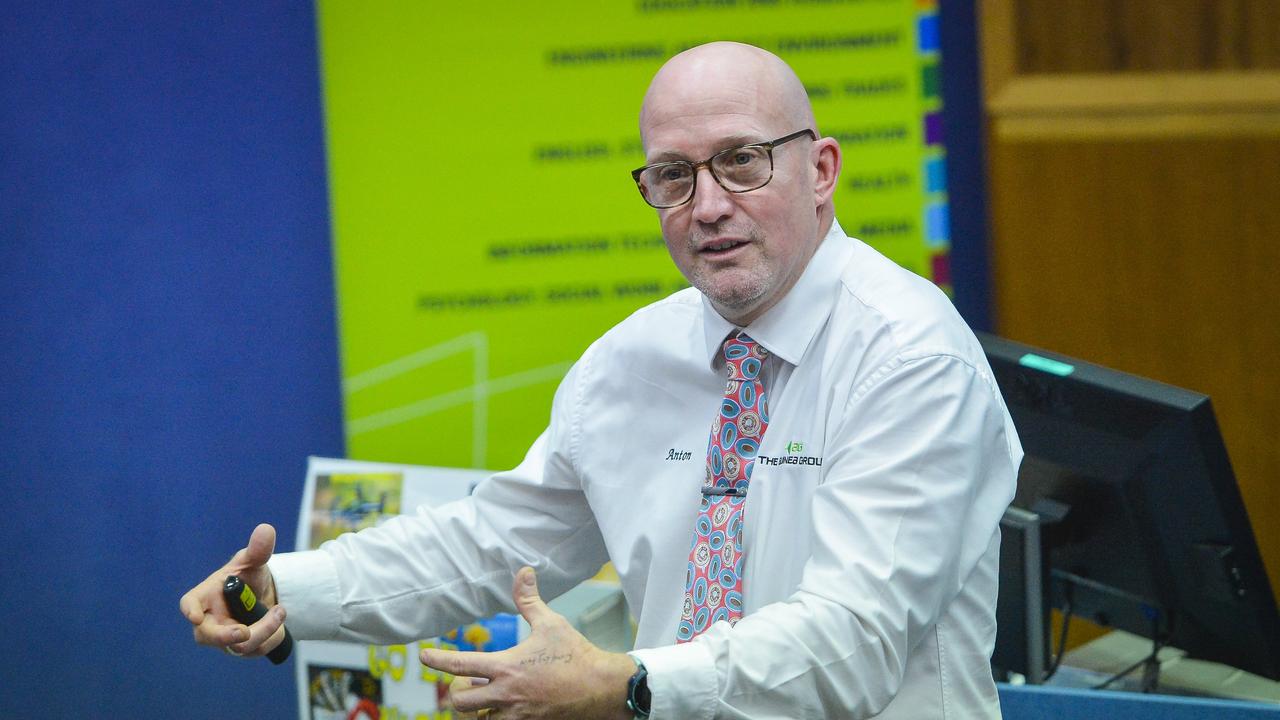
The Sojitz Crinum death marks the third fatality in Australia’s resources sector for 2021, and the first for Queensland this year.
The first death this year was of a contractor at the Mt Monger gold operations in Western Australia’s goldfields who was killed in June.
On September 2, a 43-year-old Adelaide man was crushed by machinery and died at Oz Minerals’ mine in South Australia’s far north.
In the 12 years to 2015, there was a 65 per cent reduction in fatalities in Australia’s mining industry before they began to rise again.
Whenever accidents happen, there are inquiries and investigations, but Mr Guinea would like to see these probes carried out in general – not just when a death occurs.
“The problem is … we have a reset when we have a fatality,” he said.
“How do get the lessons from this event in the last 24 hours, the second one in September, before there is another one.
“What are we going to learn from this that we are going to do different.”
In his line of work, Mr Guinea speaks to hundreds of individuals in the mining and resources industry.
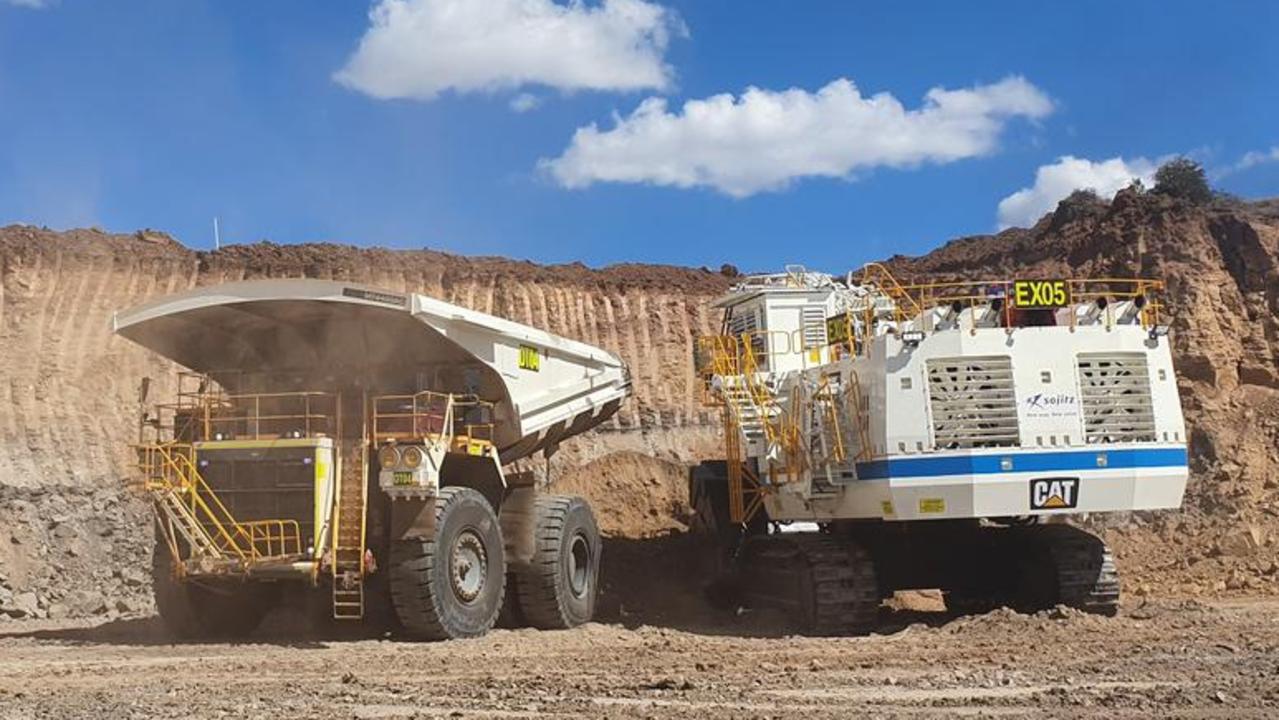
He said the leaders and executives needed to care about their employees like they would for a family member.
“How do we get people to care enough for other humans before there is another fatality,” he said.
“When I send my two kids out to work in the morning, I expect them to come back, I expect their leaders to look after them.
“Imagine if leaders cared as much as parents did … If they took their moral obligation as seriously.
“Imagine if leaders did safety because they wanted to not because they had to.”
New industrial manslaughter laws were passed in Queensland in May 2020, meaning mine company directors and executives can now face up to 20 years in jail and fines exceeding $10m if a worker dies because of their criminal negligence.
While the changes help keep leaders more “accountable”, Mr Guinea said it was not the right approach.
“People are more aware of their legal obligations, now than they ever were,” he said.
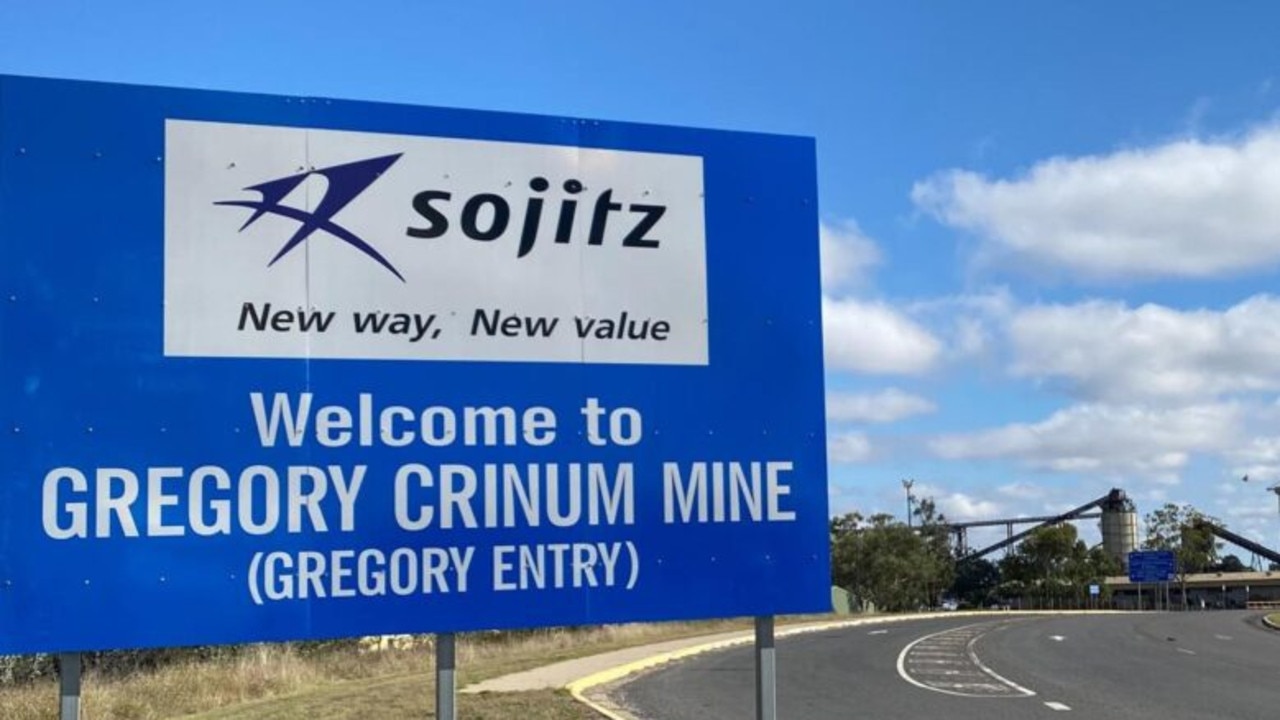
Despite the new laws and increased discussion about safety, the numbers are not decreasing. In 2020, 182 workers were killed at work sites in Australia, and 183 workers in 2019.
“These numbers … we are not getting there, something is missing,” Mr Guinea said.
“Most of those are avoidable and preventable, those numbers are staying the same … they aren’t coming down.
“Has it (the new laws) changed the stats, has it changed the workplace fatalities, has it anything changed …. not really.
“At the end of the day, we have to change our approach and I don’t think fear is the right approach.
“It’s not who we are going to blame, it’s who are going to train so it doesn’t happen again.
“Not who are we going to hold accountable, who are we going to put in jail … who are we going to point the finger at … can’t we take a different approach and say who are going to train, make sure we learn from this to make sure this doesn’t happen again.”
Mining deaths in Australia
- 2018 – Nine fatalities
- 2019 – Seven fatalities
- 2020 – Five fatalities
- 2021 – Three fatalities (year to date – up to 2/9/20)
Mine safety expert weighs in on underground coal mine collapse
A mine safety expert has weighed in on how the underground Sojitz Gregory Crinum Coal Mine collapse could have occurred and what safety measures should have been in place.
Work had only begun at the mine this year after it was mothballed in January 2016. Miners were undertaking remedial works to bring the mine back up to standard to begin coal production again.
It is understood they were carrying out roof support works when a roof fall in the conveyor drift occurred.
University of Queensland mine safety expert Professor David Cliff said the roof of the “main trunk conveyor roadway” would have been “heavily supported” with multiple roof bolts.
“It’s most unusual for the roof to collapse for a roadway like that,” Professor Cliff said.
“They may have been repairing it or adding extra support to where some of the original support has failed or the roof material between the bolts has failed in some little way and they were trying to re-support it.
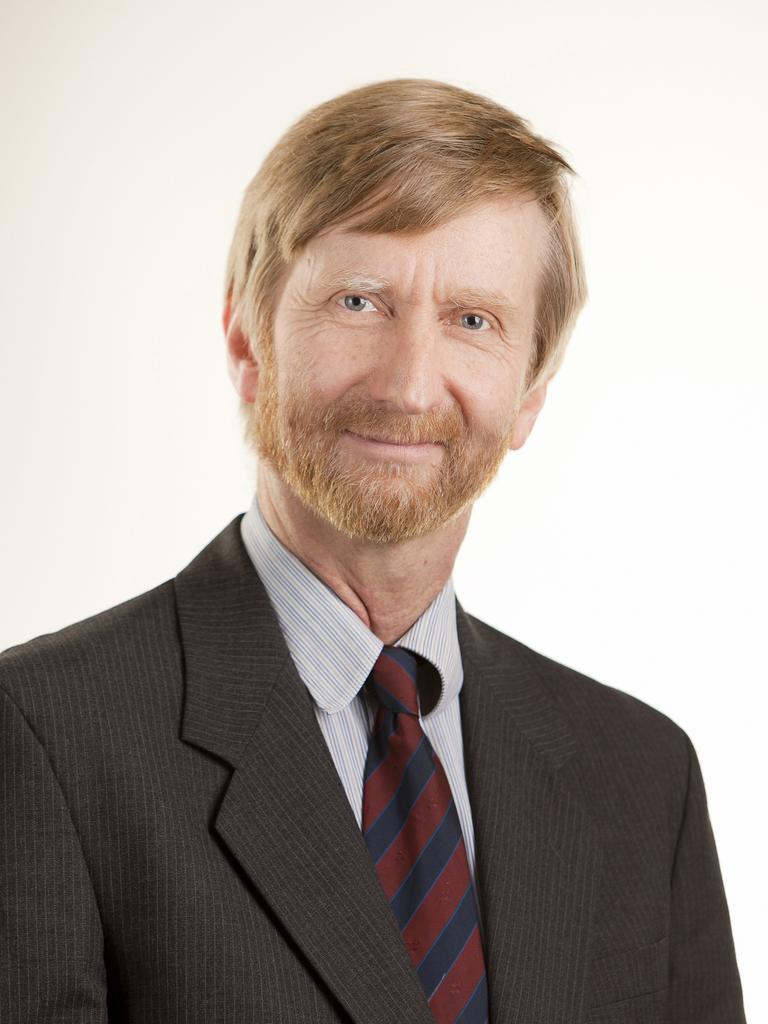
“If they say there has been a roof fall it could be between the bolts. A bolt may have given way for some reason.”
He said a work plan would normally be in place, as well as a risk assessment completed before working on the roof.
“They would have assessed the level of risk,” he said.
“There are various ways of protecting the workers from this.
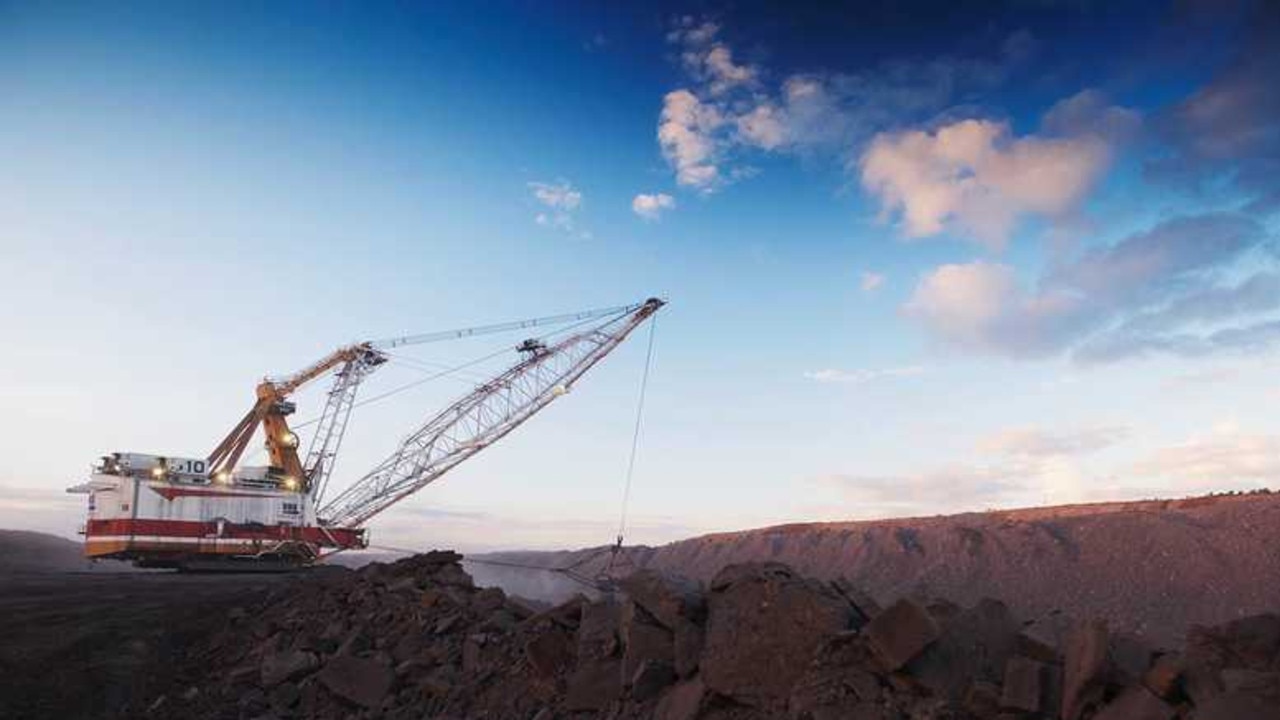
“If a roof fall was a concern then they would do the bolting remotely or have other materials to support the roof while they do this, like mesh, and work their way towards the area from safety and not work straight underneath.
“If any area is suspect, what you can do is edge your way towards it and use more bolts to protect the roof as you go towards it to reduce the level of risk.”
He said there was a need for continued diligence in the mining industry and noted that issues included complacency, adequate training, and proper equipment being maintained.
“The continuing rate of fatalities in the mining industry in Australia is a concern,” he said.
“We are supposedly well into modern technology. These things should not be happening.”
More Coverage
Originally published as The Sojitz Crinum mine fatality marks the first death at a Queensland mine this year








